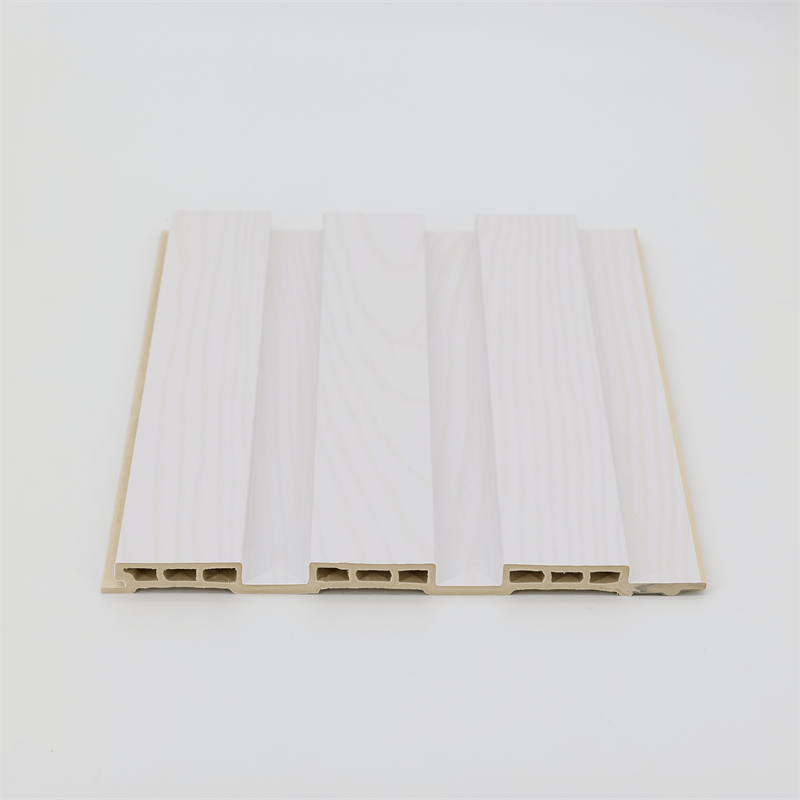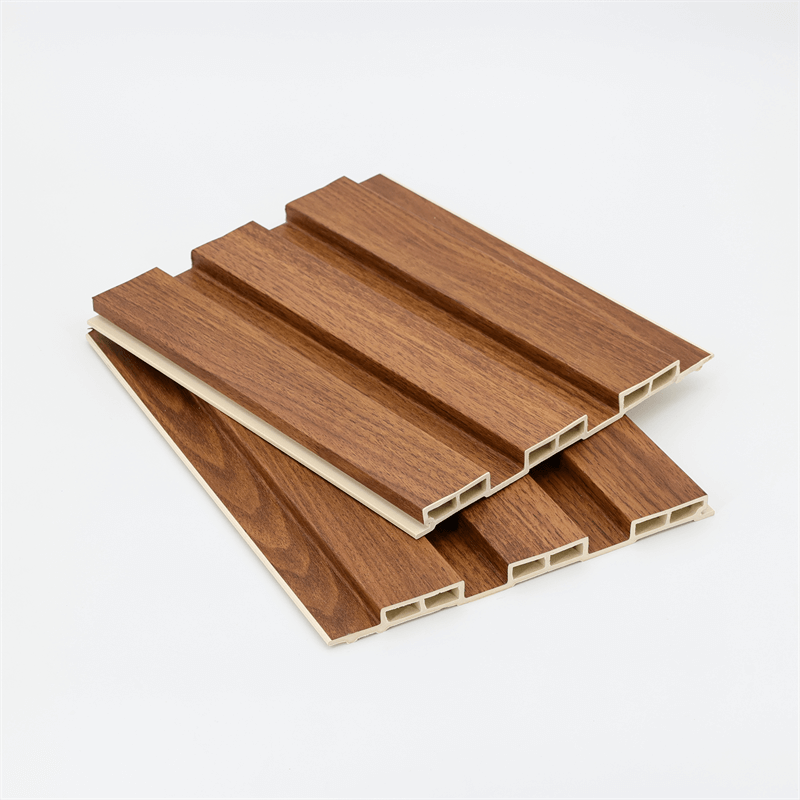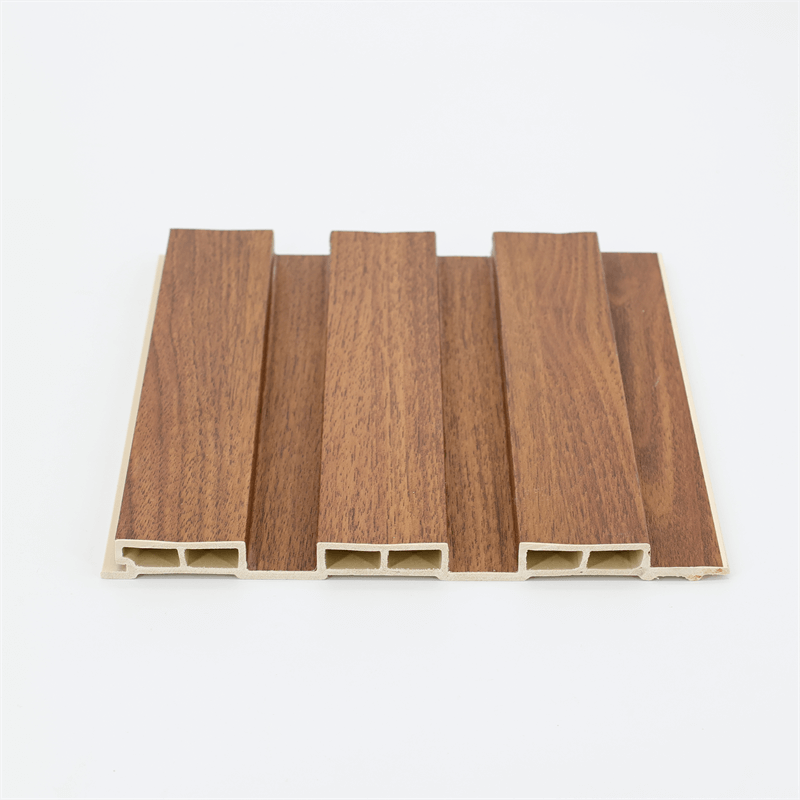WPC (Wood Plastic Composite) wall panels have gained significant popularity in recent years as a versatile and sustainable alternative to traditional wall cladding materials.
With their unique blend of natural wood fibers and high-quality polymers, WPC panels offer a wide range of design possibilities for interior spaces.
This essay aims to delve into the design potential of WPC wall panels, exploring their aesthetic appeal, versatility, durability, and customization options.
I. Aesthetic Appeal:
One of the key factors that make WPC wall panels a favored choice for interior design is their aesthetic appeal.
These panels successfully mimic the look and texture of real wood, offering a warm and inviting ambiance to any space.
Whether it is a rustic or contemporary theme, WPC panels can effortlessly complement various interior styles.
The panels come in a wide range of colors, finishes, and patterns, allowing designers to achieve the desired visual effect.
Additionally, embossed textures and realistic grain patterns further enhance the authenticity of these panels, making them visually appealing and engaging.
II. Versatility:
WPC wall panels are incredibly versatile, opening up a world of possibilities for interior designers.
These panels can be used in various spaces, including residential, commercial, and hospitality settings.
They are suitable for feature walls, accent walls, partitions, and even ceilings. WPC panels can be installed vertically, horizontally, or diagonally, allowing for creative and unique design layouts.
Moreover, they can be easily cut and shaped to fit specific dimensions and accommodate architectural features, such as windows and doors.
This versatility makes WPC wall panels an excellent choice for both small and large-scale interior projects.
III. Durability and Maintenance:
Apart from their aesthetic appeal and versatility, WPC wall panels are known for their durability and low maintenance requirements.
Unlike natural wood, WPC panels are resistant to rot, decay, and insect damage, making them ideal for long-term use.
They are also highly resistant to moisture, which eliminates concerns about swelling, warping, or mold growth.
With proper installation and regular cleaning, WPC panels can maintain their structural integrity and aesthetic appeal for an extended period.
This durability factor is particularly advantageous in high-traffic areas or spaces where exposure to moisture is prevalent, such as bathrooms and kitchens.
IV. Customization Options:
WPC wall panels offer a range of customization options to cater to specific design preferences.
These panels can be easily painted or stained to achieve a desired color or finish.
They can also be textured or embossed to simulate the appearance of different wood species or add a unique touch to the interior space.
Some manufacturers even provide the option of customizing the panels with printed designs or patterns, allowing for a truly personalized aesthetic.
The ability to customize WPC wall panels provides designers with endless possibilities to create distinct and visually stunning interior environments.
WPC wall panels have revolutionized the interior design industry by offering a sustainable, durable, and aesthetically pleasing alternative to traditional wall cladding materials.
The design potential of WPC panels is vast, ranging from their inherent aesthetic appeal and versatility to their durability and customization options.
As designers continue to explore the possibilities of WPC wall panels, these innovative products are expected to play a significant role in shaping the interior spaces of the future.
Whether it’s a residential, commercial, or hospitality project, WPC panels are sure to elevate the visual appeal and functionality of any interior space.

Moreover, the design potential of WPC wall panels extends beyond their visual appeal and versatility.
These panels also offer practical benefits that enhance the functionality of interior spaces.
For instance, WPC panels provide excellent thermal insulation, helping to regulate the temperature within a room.
This insulation property can contribute to energy efficiency by reducing the need for excessive heating or cooling.
Additionally, WPC wall panels have acoustic properties that contribute to sound insulation.
They can help reduce noise transmission between rooms, making them particularly useful in areas where privacy and tranquility are desired, such as bedrooms, offices, or conference rooms.
The ability to create acoustically comfortable spaces adds another layer of value to the design potential of WPC wall panels.
Furthermore, WPC panels are lightweight, making them easy to handle and install.
Their lightweight nature reduces the strain on the structure of the building, allowing for more flexible installation options.
This advantage becomes particularly significant in renovation projects where the existing structure might have limitations on load-bearing capacity.
The ease of installation also saves time and labor costs, making WPC panels an efficient choice for both designers and contractors.
In terms of sustainability, WPC wall panels are an environmentally friendly option for interior design.
They are composed of a combination of recycled wood fibers and high-quality polymers, reducing the reliance on virgin timber.
By utilizing recycled materials, WPC panels contribute to the reduction of waste and the conservation of natural resources.

Additionally, the production process of WPC panels consumes less energy compared to the extraction and processing of traditional wood materials.
The sustainable nature of WPC wall panels aligns with the growing global emphasis on eco-conscious design practices.
Designers and architects can take advantage of the various design potentials of WPC wall panels to create unique and memorable interior spaces.
For example, in residential settings, WPC panels can be used to create statement walls in living rooms, bedrooms, or dining areas.
The panels can add warmth and texture to the space while providing a visually striking focal point.
In commercial spaces, such as retail stores or restaurants, WPC panels can be utilized to enhance brand identity and create a memorable customer experience.
The versatility of these panels allows for seamless integration with other design elements, such as lighting fixtures or signage.
WPC wall panels offer a plethora of design potentials that can transform interior spaces into visually stunning and highly functional environments.
Their aesthetic appeal, versatility, durability, customization options, and practical benefits make them a preferred choice for designers and architects.
As sustainability continues to be a significant consideration in design practices, WPC panels provide an eco-friendly alternative to traditional wall cladding materials.
With their numerous advantages, it is clear that WPC wall panels have a bright future in the world of interior design, contributing to the creation of spaces that are both visually appealing and sustainable.


